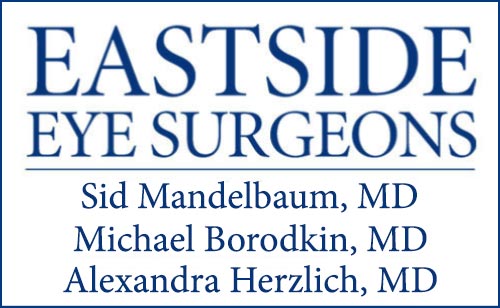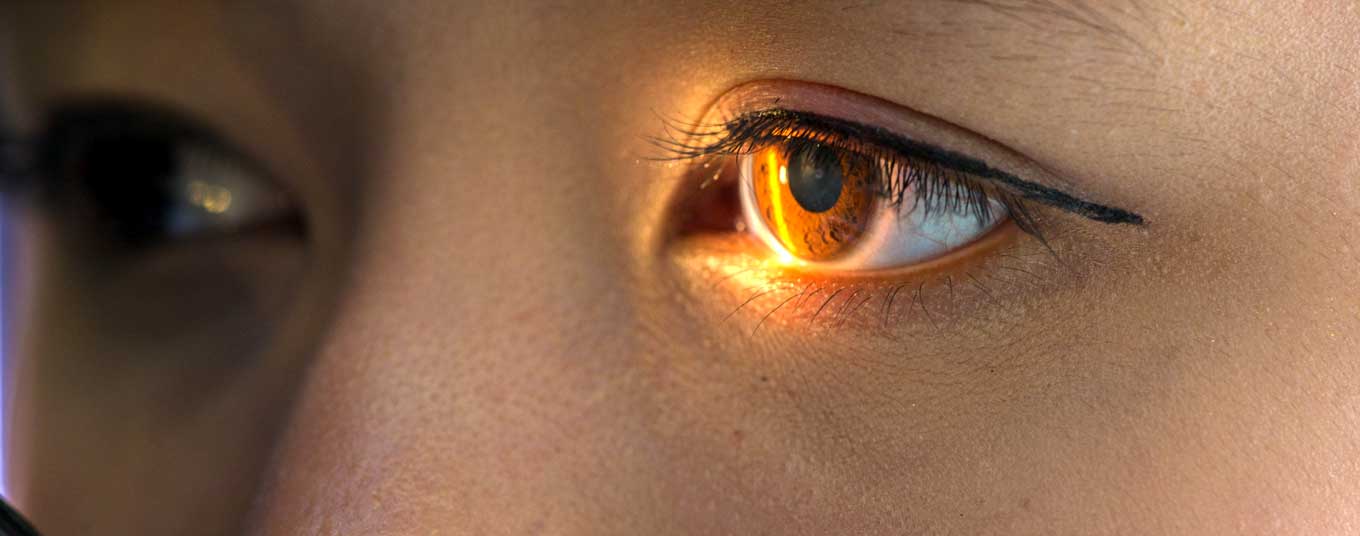Treatment for Blepharitis/Meibomian Gland Dysfunction
Blepharitis, or meibomian gland dysfunction, may cause irritation of the ocular surface similar to dry eye. However, proper diagnosis is required because treatment of blepharitis is different. Blepharitis is inflammation of the lid margin. Common symptoms can include burning, itching, redness and tearing. Findings during our exam can include lid thickening, crusting, oily dandruff on the lashes, foamy tears, lash loss and redness of both the white part of the eye and the eyelid margin. Your eyelids can become red and swollen or feel like they are burning. Blepharitis is quite common among people with oily skin, dandruff or dry eye conditions. Additionally, you may have mucus buildup in the morning and puffy eyelids. Occasionally, clogged meibomian glands can lead to styes. Blepharitis is an ongoing (chronic) condition. You can keep its symptoms under control with the following ongoing treatments:
- Warm compresses
- Lid hygiene
- Eyelid foam/wipes
- Antibiotics – both topical & oral
Keratoconus
Keratoconus is thought to be caused by a genetic abnormality of certain proteins in the cornea. As a result, the usually spherical cornea bulges into somewhat elongated or even conical shape. This abnormal shape of the cornea distorts vision. In mild forms of keratoconus, eyeglasses or soft contact lenses may provide excellent vision. But as the disease progresses and the cornea becomes increasingly more irregular in shape, glasses and soft contact lenses no longer provide adequate vision correction. Keratoconus often begins in one’s teens or early 20s. Treatments for progressive keratoconus include:
- Rigid gas-permeable contact lenses
- Piggyback contact lenses – rigid lens used along with a carrier soft lens
- Hybrid contact lenses
- Scleral & semi-scleral rigid lenses
- Intacs – rigid plastic segments surgically inserted into the cornea to alter its shape
- Corneal cross-linking (CXL) – a treatment that strengthens corneal tissue & reduces or even halts progression of keratoconus
- Corneal transplant, usually full-thickness
It is important to diagnose keratoconus early since the disease usually progresses, and there is now an effective treatment to retard progression and reduce the likelihood of permanent visual loss. Your ophthalmologist at Eastside Eye Surgeons will discuss all your options with you.
Discover care for your eye condition by calling 212-650-0400 or using our convenient Request an Appointment form. Patients come to us from Scarsdale, Chappaqua and Manhattan, New York, Newark, New Jersey, Greenwich, Connecticut and close-by locations.








